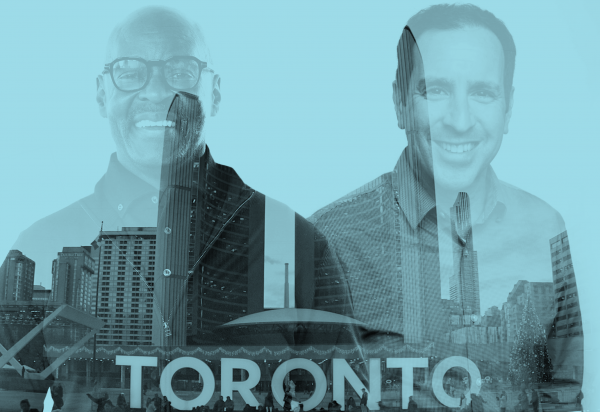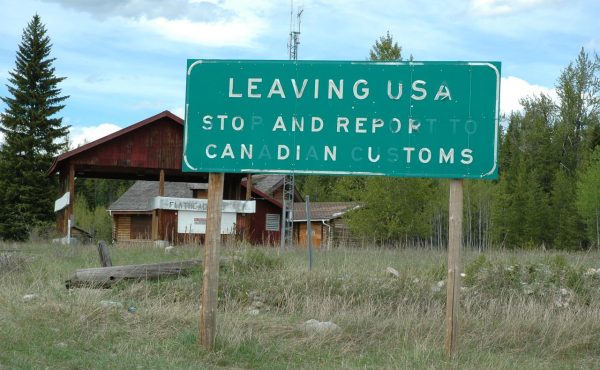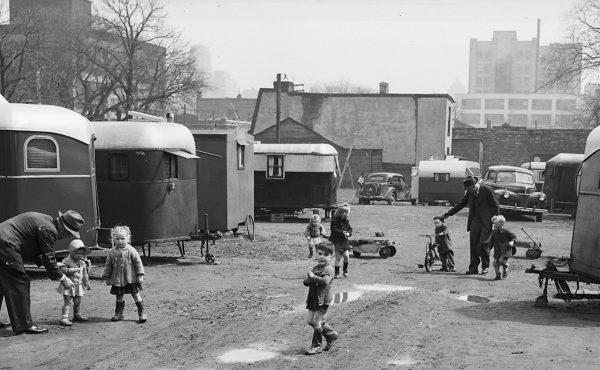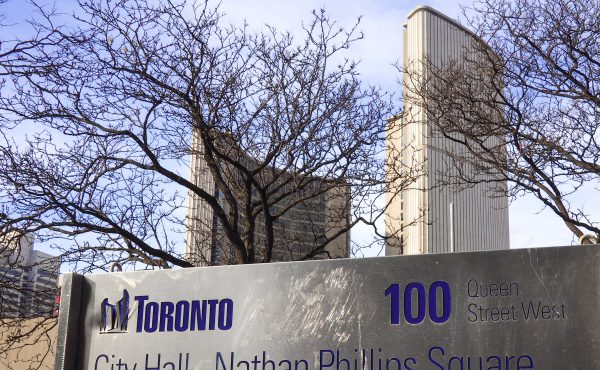
The late Jack Layton used to have an adage about public life that profoundly informed his approach to politics: Proposition, he’d say, not opposition.
Legend has it that this outlook took shape in the 1980s after a bruising accident in which the front wheel of Layton’s ubiquitous bike lodged in a storm-water grate and sent him flying. Until then, Layton had been a strident local pol, outspoken in his NDP-inflected critique of all sorts of development proposals that came before council. But the accident provided a spark, an idea: why not angle the slats in those sewer grills instead of orienting them parallel to the road, and thus the direction of a cyclist?
Layton’s proposal found a constituency, and became not only a part of Toronto’s infrastructure, but a pre-condition to its later cycling culture.
To my mind, “proposition-not-opposition” is an excellent way of thinking about the challenges of city life, which is a stage upon which conflicting interests must be constantly mediated through civic action, collaboration, and, well, a bit of imagination.
Light a candle instead of cursing the darkness. It’s not an ideology so much as a world-view, and one particularly well suited to the complexities of big city government.
Two of the most high-profile mayoral campaigns to date vividly reveal this stark dichotomy in outlooks, raising critical questions about the type of leadership the city needs.
On one hand we have former police chief and presently Ontario Place “advisor” Mark Saunders, whose campaign so far has been all about the encroaching darkness. The Toronto Saunders sees is full of threats and mayhem, unchecked aggression and passive civic institutions rendered helpless by what he describes, without so much as a hint of irony, as the status quo. “Enough is enough” is his Trumpian mantra. (Brad Bradford’s rhetoric, about safety and congestion, isn’t much different.)
On the other hand, we have city councillor Josh Matlow, whose campaign to date has been mostly — though not exclusively — informed by Layton’s weltanschauung. He’s proposed establishing a city building fund, financed by a modest tax hike, that would address deteriorating public amenities. He’s argued for a dedicated $115 million fund for community health and safety fund, to tackle the root causes of violence by redirecting a portion of the police budget. (Candidates like Chloe Brown and Ana Bailao have similarly focused their campaign rhetoric around ways to improve services and equity.)
Earlier this week, Matlow unveiled a $300 million plan to kickstart an affordable housing construction campaign on City-owned land, but one that would — unlike Housing Now — eschew partnerships with private developers. Instead, the City — through two of its agencies — would be the developer, which is how thousands of social/non-profit housing units were built in a period when our society was less beholden to the magical thinking of public-private partnerships.
A few words about Matlow’s housing plan. He claims he’ll secure the $300 million in seed funding by cancelling the reconstruction of the elevated east end of the Gardiner, and then set up a revolving fund, replenished by rental income, to finance non-profit housing projects on city-owned land, including Green-P lots, which is a portfolio of under-used land that the building industry covets. (Using city budget figures, Matlow’s team estimates the municipality would save about $568 million by cancelling the remaining portion of the Gardiner project and replacing the elevated highway with a surface road.)
Matlow’s housing numbers are extremely ambitious — 15,000 rent controlled, affordable and deeply affordable apartments — and the seed money is little more than a drop in the proverbial bucket. All of which means his strategy, dubbed Public Build Toronto, turns on funding from the other orders, including Canada Mortgage and Housing Corp.’s rental construction financing initiative, a hefty pot of cash that is doled out with an eye-dropper.
Matlow says John Tory’s Housing Now program — 10,000 units of rental on City land, about a third of which are meant to be affordable — hasn’t produced results, and he’s not wrong: the program, though ambitious, has been bogged down by process, financing logjams (see above) and macro-economic upheaval that threw a spammer into the math for the private sector partners. Matlow has also done his bit to slow Housing Now by tangling up the approvals for a City-owned Housing Now site on Merton Ave. that should have been a no-brainer. (A campaign spokesperson says if elected, Matlow would grandfather the Housing Now sites that have been plodding through the approvals and financing processes.)
His approach is built on the observation that the P3 model will yield modest amounts of affordable housing on those publicly owned parcels. In some ways, the redevelopment of Regent Park by Toronto Community Housing and Daniels Corp. involved the same kind of trade-offs, and also produced little in the way of net new social housing.
The familiar accusation, that the public sector can’t build things efficiently, is disingenuous, but has solidified into received wisdom across a generation during which neo-liberal governments tripped over themselves to outsource the development of everything from court houses to hospitals to transit lines to huge private consortia.
Surely, in the wake of the calamitous failure by Metrolinx and Infrastructure Ontario, the province’s P3 agency, to finish the Eglinton Crosstown in something approximating a reasonable time frame, the veil of magical thinking about the presumed financial benefits of these “alternative” procurement deals should have lifted.
Matlow’s pitch to voters here is that we can and should go back to the idea that publicly owned land is an ideal place to build social housing, which was true for much of the post-war period, and includes mixed-income success stories like the St. Lawrence neighbourhood. To my ear, it’s a thread well worth pulling.
Saunders — or, more precisely, his Doug Ford-embedded spin doctors — responded quickly on social media, dismissing Matlow’s plan as a “status quo” approach. The put-down, however, does little to obscure the reality that Saunders’ candidacy is, at least so far, almost exclusively about stoking disquiet among Torontonians instead of encouraging voters to imagine a better and more equitable future.
As the election plays out, we’ll learn whether the city’s mood is more attuned to Saunders’ fear-mongering (glass half empty) or the city-building ideas that have emerged from Matlow as well as Bailao and Brown (glass half full).
There is, to be sure, much to fix in the 2023 version of the City of Toronto. But voters need to ask themselves whether they want to entrust that crucial responsibility to candidates who see only the worst when they move through the city, or those who value its strengths and can therefore envision a better way forward.





2 comments
I hope and pray that you get the city-building kind of election. I’m not sure if Ottawa missed its chance as a city last year. Not yet, anyway.
Great article! Starting with “proposition-not-opposition” Reminds me of Bill Davis and David Crombie.